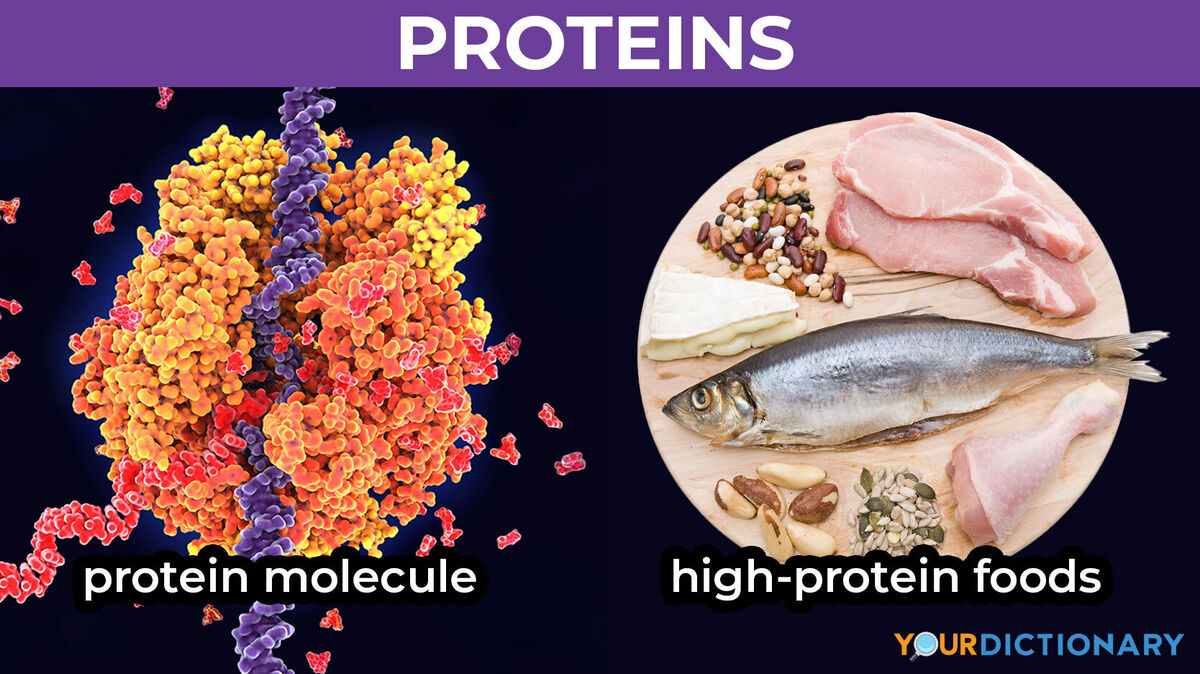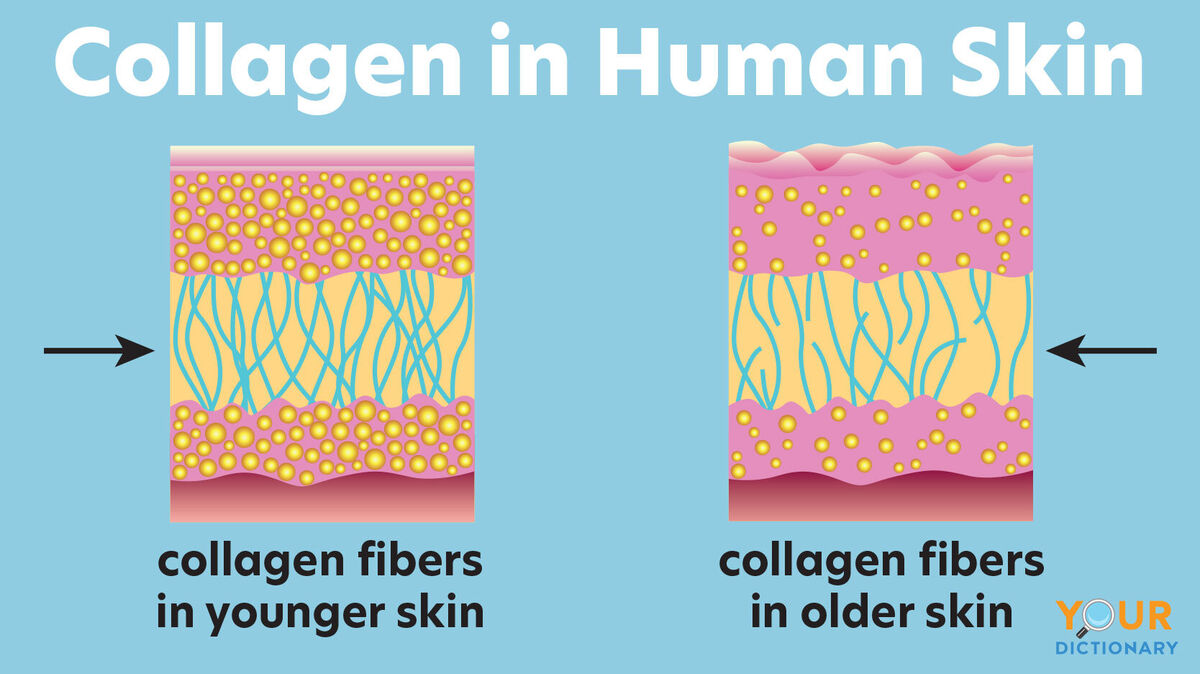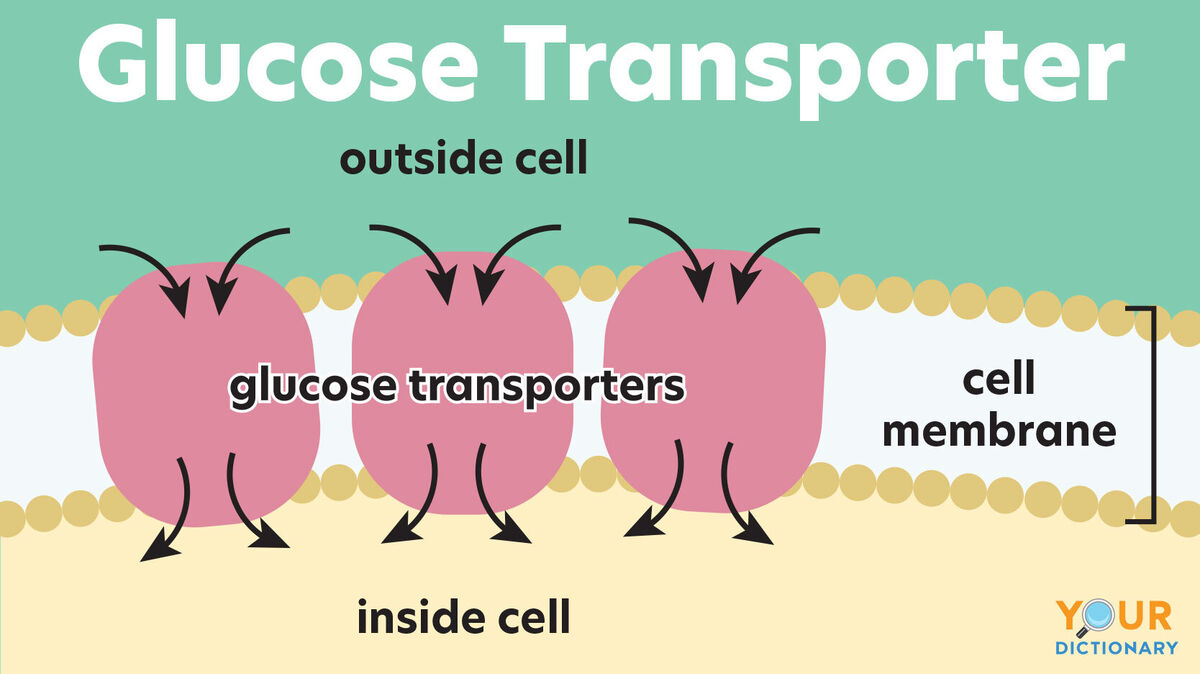
Proteins are the basic component of living cells. They are made of carbon, hydrogen, oxygen, nitrogen, and one or more chains of amino acids. The three structures of proteins are fibrous, globular and membrane, which can also be broken down by each protein's function. Keep reading for examples of proteins in each category and in which foods you can find them.
Fibrous Proteins
Also called scleroproteins, fibrous proteins form muscle fiber, tendons, connective tissue and bone. They have an elongated shape and play many structural roles in the body. The main types of fibrous proteins include structural proteins and storage proteins.
Structural Proteins
These can be found in the fibers of both smooth muscles and skeletal muscles, as well as in cardiac muscle around the heart. Collagen, for example, is the most abundant protein in human and animal bodies. Some structural proteins also have contractile functions, which aid in the movement of muscles.

Examples of the proteins in this category include:
- actin - found in muscle cells and used during cellular processes
- collagen - found in connective tissue and cartilage throughout the body
- dystrophin - links actin to other proteins in muscle fibers
- elastin - makes tissues and organs elastic
- fibrin - works with platelets to clot blood
- keratin - protein found in human hair, skin and nails, as well as animal hooves, wool, horns, claws, and feathers
- myosin - found in muscle cells; involved with contracting movements
- nebulin - large protein found in muscle filament
- pikachurin - binds different proteins in the retina of the eye
- titin - large protein that aids in contractions
- tropomyosin - found throughout the body and used for movement
- tubulin - present in the cytoskeletal structure of a cell
Storage Proteins
Some fibrous proteins store amino acids and metal ions for later use. Both plants and animals alike have storage proteins in their cells, though many are distinctive to various organisms.
Examples of storage proteins are:
- casein - stores amino acids in animal and human milk
- ferritin - stores iron in plants and animals
- gliadin - storage protein in wheat; component of gluten
- kafirin - found in sorghum and millet
- oryzin - found in rice
- ovalbumin - stores amino acids in egg whites
- zein - found in corn
Globular Proteins
The other main protein structure is globular. Globular proteins are spherical and more water soluble than the other classes of proteins. They have several functions including transporting, catalyzing and regulating within the body. Antibodies, enzymes, transport proteins, and many kinds of hormones are examples of globular proteins.
Antibody Proteins
Antibodies, which are called immunoglobulins, are proteins created by your immune system to fight off harmful invaders. There are five main types of antibodies; however, their binding site is made to fight a specific pathogen, including viruses and bacteria.
Examples of antibody proteins include:
- Immunoglobin A (IgA) - found in saliva and tears from mucosal tissues
- Immunoglobin D (IgD) - low-quantity protein that signals the immune system to work
- Immunoglobin E (IgE) - begins an allergic reaction when exposed to an allergen
- Immunoglobin G (IgG) - high-quantity protein that tags pathogens and releases toxins to destroy them
- Immunoglobin M (IgM) - triggers the pathogen "memory" in your immune system
Enzyme Proteins
Proteins that carry out biochemical reactions are called enzymes. They are a type of biological catalyst that keeps the body going. Other enzymes, called inhibitors, slow down reactions.
Some protein examples that carry out enzymatic functions include:
- c1-inhibitor - anti-inflammatory protein
- carboxypeptidase - created in the pancreas for digestive aid
- hydrolase enzymes - catalyze hydrolysis in chemical bonds
- helicase - unzips DNA for decoding
- lactase - breaks down lactose from dairy products
- lipase - breaks down fats in the pancreas
- maltase - found in the saliva; breaks down sugars into glucose
- oxidoreductases - catalyze the transfer of electrons between molecules
- thrombin - converts proteins in the blood to clot blood
- trypsin - breaks down proteins during digestion
Messenger Proteins
Proteins that send messages throughout the body are known as messenger proteins. These proteins include different types of hormones, which can transmit signals to coordinate processes between parts of the body. They're different from steroid hormones, which come from lipids, not proteins.
Some examples of messenger proteins include:
- angiotensin - maintains blood pressure
- antidiuretic hormone (ADH) - carries messages to the kidneys to balance water levels in the blood
- epinephrine - controls respiration and other involuntary functions
- follicle-stimulating hormone (FSH) - controls the stimulation of eggs and sperm in female and male reproductive system
- insulin - regulates glucose levels in the blood
- norepinephrine - controls the body's response to stress
- oxytocin - regulates emotions related to the reproductive system
- somatotropin - hormone that controls growth rates in the body
- tryptophan - regulates the sleep-wake cycle in the body
Transport Proteins
When atoms need to be taken across a cell membrane, a transport membrane can do it. These types of proteins, also known as escort proteins, aid in cellular transport.
They include:
- albumin - transports hormones and vitamins in the bloodstream
- alpha globulin - found in blood plasma
- beta globulin - functions as a transport and an enzyme
- hemoglobin - carries oxygen from the lungs to body tissue
- hemopexin - transports heme in blood plasma
- myoglobin - transports and stores oxygen from hemoglobin
- transferrin - delivers iron to different organs in the body
Membrane Proteins
Membrane proteins are found within the membranes of cells. They aid with many cellular functions, including transporting substances across the membrane and adhering cells to other structures.

(CC BY-ND 4.0)
Membrane protein examples include:
- Cystic Fibrosis Transmembrane Conductance Regulator (CFTR) - regulates sodium levels in the lungs
- estrogen receptor - activated by the hormone estrogen
- Forkhead Box P2 (FOXP2) - found in the major organs, including brain and heart
- Forkhead Box P3 (FOXP3) - regulates T cell activation
- glucose transporter - carries glucose across the membrane
- histones - pack DNA into cells and chromosomes
- integrin - adheres cells to other cells
- selectin - adheres white blood cells to other cells in the bloodstream
High-Protein Foods
You have lots of different types of proteins that occur naturally in your body. However, you need to include protein-rich foods in your diet to keep your biological proteins balanced.
Here are examples of proteins in food with the number of grams of protein per 100 grams:
- Soybeans - 35.9g
- Cheese - 30.9g
- Venison - 30.21
- Pumpkin seeds - 28.8g
- Lobster - 26.41
- Canned tuna fish - 26.3g
- Tuna fish - 25.6g
- Monkfish - 24g
- Crunchy peanut butter - 24.9g
- Tilapia - 24g
- Skinless chicken breast - 23.5g
- Sunflower seeds - 23.4g
- Orange roughy - 22.64g
- Skinless turkey breast - 22.3g
- Boneless salmon fillets - 21.6g
- Sardines - 21.5g
- Almonds - 21.1g
- Beef fillet - 20.9
- Lamb steak - 19.9g
- Pork chops - 19.3g
- Crab meat - 18.1g
- Cod - 17.9g
- Shrimp - 17.0g
- Haddock - 16.4g
- Bacon - 15.9g
- Couscous - 15.1g
- Anchovies - 14.5g
- Pork sausages - 13.9g
- Eggs - 12.5g
- Pasta - 12.5g
- Goji berries - 12.3g
- Cottage cheese - 12.2g
- Tofu - 12.1g
- Pepperoni pizza - 11.4g
- Whole grain bread - 11.0g
- Porridge oats - 11.0g
- Baked beans - 9.5g
- Hummus - 7.4g
- Brown rice - 6.9g
- Peas - 5.9g
- Spaghetti - 5.1g
- Yogurt - 4.5g
- Broccoli - 4.2g
- Coconut - 3.33g
- Whole milk - 3.3g
- Asparagus - 2.9g
- Spinach - 2.8g
- Potatoes - 2.1g
- Avocado - 1.9g
- Bananas - 1.2g
- Orange - 1.1g
Beans and Legumes
Whether you eat meat or you're a strict vegan, beans and legumes are an excellent place to find protein. Check out these simple ways to add protein to your diet.
- Tofu (½ cup) - 20g
- Soy milk (1 cup) - 6 to 10g
- Soybeans (½ cup cooked) - 14g
- Split peas (½ cup cooked) - 8g
- Other beans like black, pinto, lentils (1/2 cup) - 7 to 10g
Eggs and Dairy
You may know that dairy products are good sources of calcium, but protein too? Both eggs and dairy are helpful ways to boost your protein intake.
- Egg (1 large) - 6g
- Cottage cheese (½ cup) - 15g
- Milk (1 cup) - 8g
- Yogurt (1 cup) - 8 to 12g
- Soft cheeses like brie, camembert mozzarella (1 oz) - 6g
- Medium cheeses like cheddar and Swiss (1 oz) - 7 to 8g
- Hard cheeses like parmesan (1 oz) - 10g
- Yogurt - 4.5g
Nuts and Seeds
A handful of nuts can help you out a lot! These nuts and seeds are great sources of protein when you're on the go.
- Almonds (¼ cup) - 8g
- Cashews (¼ cup) - 5g
- Flax seeds (¼ cup) - 8g
- Peanut butter (2 Tablespoons) - 8g
- Peanuts (¼ cup) - 9g
- Pecans (¼ cup) - 2.5g
- Pumpkin seeds (¼ cup) - 8g
- Sunflower seeds (¼ cup) - 6g
Meat and Poultry
Every grillmaster can tell you that meat is an important source of protein in your diet. If you're forming a diet without meat, you'll need to replace the large amount of protein found in a small serving of meat and poultry.
- Hamburger patty (4 oz) - 28g
- Steak (6 oz) - 42g
- Venison (6 oz) - 30.21g
- Chicken breast (3.5 oz) - 30g
- Chicken thigh - 10g
- Drumstick - 11g
- Wing - 6g
- Chicken meat (4 oz cooked) - 35g
- Pork chop (average size) - 22g
- Pork loin or tenderloin (4 oz) - 9g
- Ham (3 oz) - 19g
- Ground pork (3 oz cooked) - 22g
- Bacon, 1 slice - 3g
- Canadian-style bacon (slice) - 5 to 6g
Fish and Seafood
Seafood is an excellent source of lean fats and protein. Most cuts of fish have over 20 grams of protein in just a few ounces.
- Most cuts of fish (3.5 oz) - around 22g
- Tuna (6 oz) - 48g
- Canned tuna fish - 26.3g
- Cod (6 oz) - 30g
- Salmon (6 oz) - 34g
- Shrimp (6 oz) - 41g
- Lobster (6 oz) - 28g
Protein Keeps You Strong and Healthy
Protein is a vital part of your body's balance and your daily diet. Without protein, your body wouldn't be able to keep its cellular structure balanced, relay messages to vital organs, read your genetic code, keep you breathing regularly, and so much more. Learn more about the components of your body with these examples of carbohydrates and where to find them in your diet.